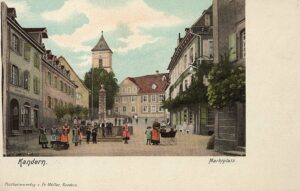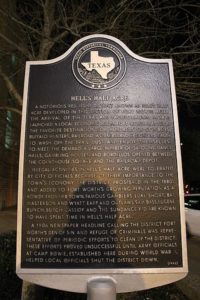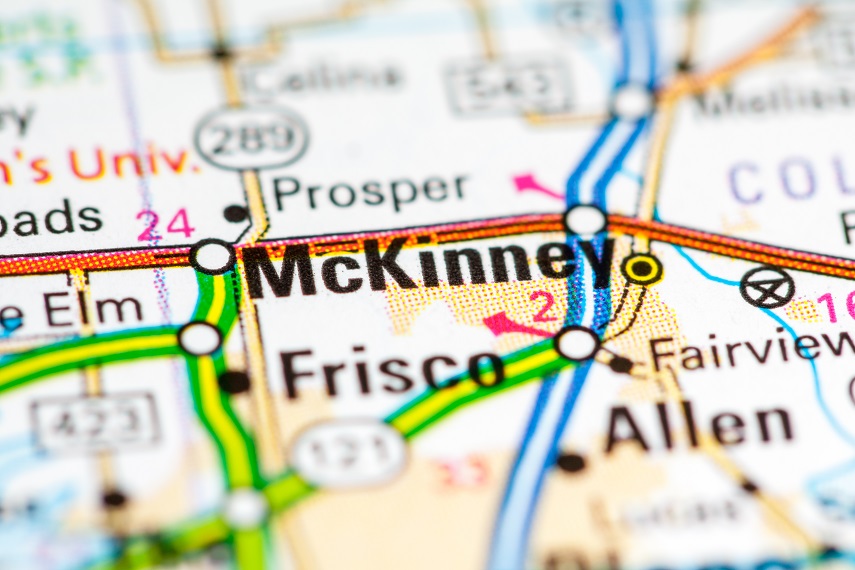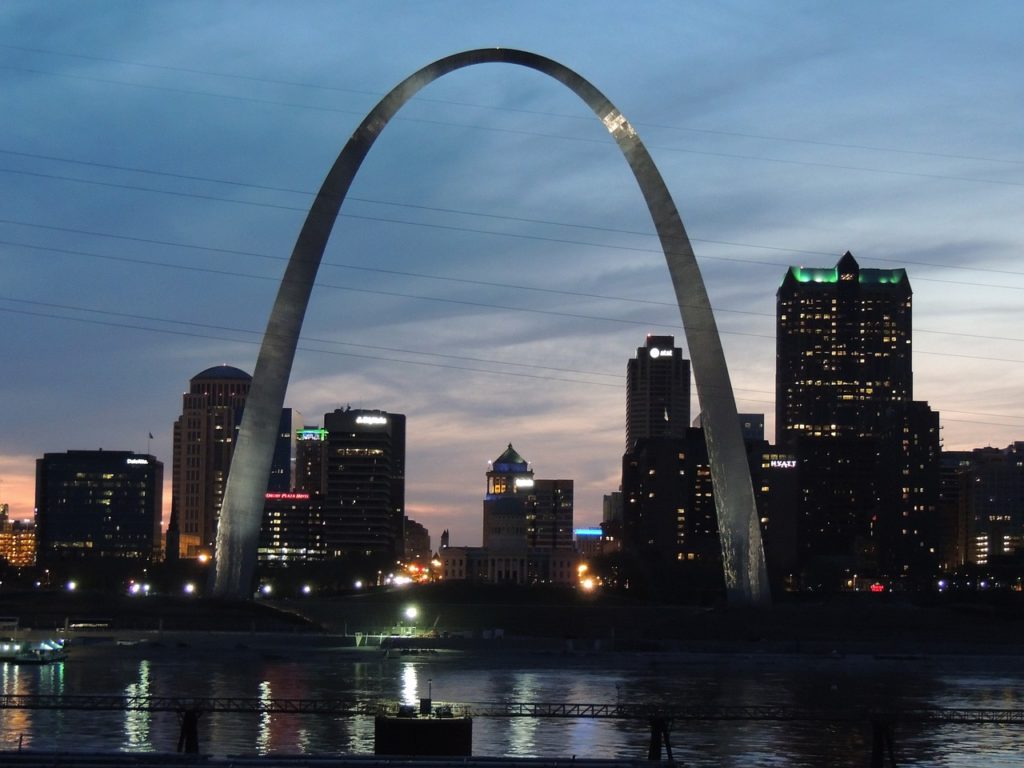
St. Louis, Missouri, a city with a rich tapestry of history and culture, is a testament to American resilience and innovation. St. Louis has evolved dynamically from its prehistoric roots to its current status as a modern metropolis, embracing change while preserving its unique heritage.
Origins of the area
Long before humans stepped foot in what is now St. Louis, the land was shaped by geological forces, creating a diverse landscape that supported a wide variety of flora and fauna. This ancient ecosystem set the stage for the region’s future.
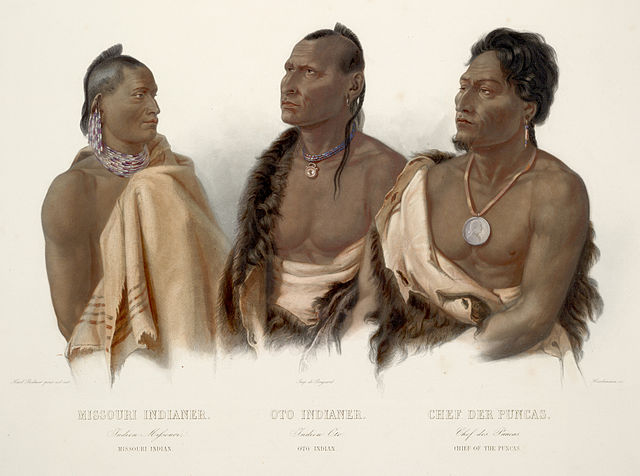
Before St. Louis’s founding, the area was inhabited by Native American tribes such as the Illiniwek Confederation, the Missouria, and the Osage. The Illinois tribes were farmers, hunters, and fishers known for constructing large earthen mounds and living in villages.

The Osage were a warrior culture recognized for their height, craftsmanship, and advanced social and political systems. The Missouria, a Siouan-speaking tribe related to the Osage, also farmed crops like beans, corn, and squash and hunted local wildlife, including deer and buffalo. Initially village dwellers, they later adopted a nomadic lifestyle, following buffalo herds. These early societies were complex, rich in tradition, and deeply connected to their land.
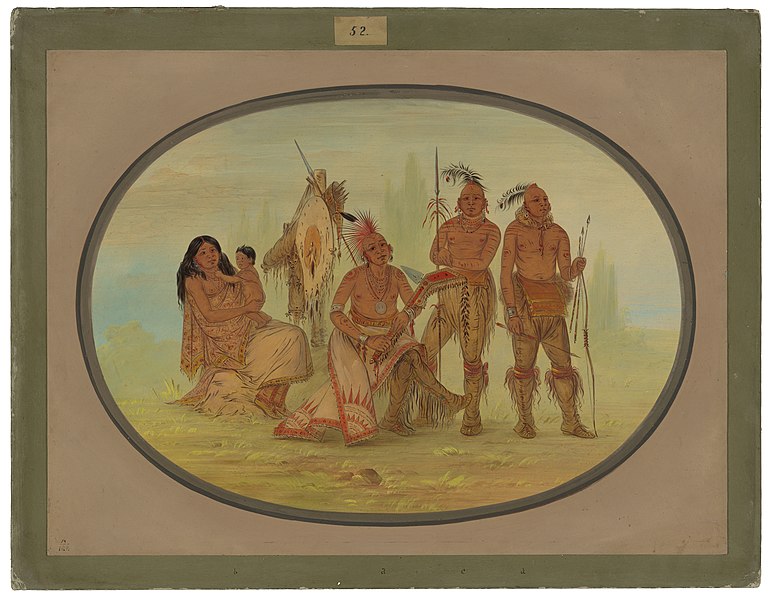
European Exploration and Settlement
Founded in 1764 by Pierre Laclede and Auguste Chouteau, St. Louis began as a fur trading post strategically located near the confluence of the Mississippi and Missouri Rivers. Named after French King Louis IX, the city changed hands between French and Spanish control, each influencing its development.
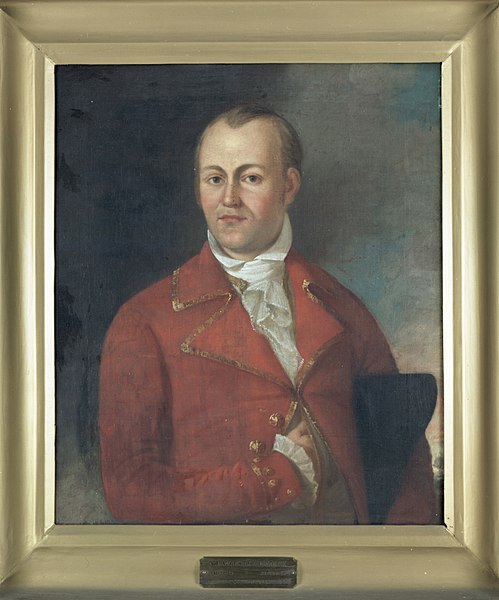

Native Americans were gradually displaced westward due to various factors, including disease and land loss, through treaties that were disadvantageous.
The Louisiana Purchase in April 1803 was a significant turning point for St. Louis, bringing it under American control. The city quickly earned the nickname “Gateway to the West,” becoming a critical hub in the nation’s westward expansion.
The Industrial Age and Urban Development
The Industrial Revolution brought significant changes to St. Louis. Factories sprouted, and with them, the city’s urban landscape underwent a major transformation, leading to architectural marvels and a growing population.

St. Louis, Missouri, was a city of critical strategic importance during the Civil War, grappling with the era’s profound political and social upheavals. Positioned on the Mississippi River in a slave state with a strong anti-slavery movement, it was a microcosm of the national conflict. The city’s diverse population, comprising native-born Americans, European immigrants, and African Americans, both free and enslaved, mirrored the country’s complex dynamics.
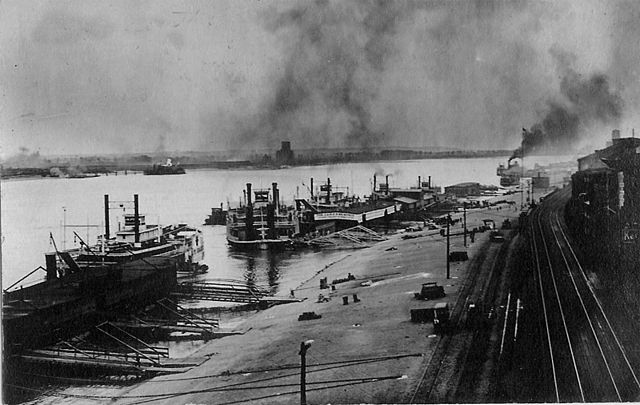
The 1861 Camp Jackson Affair, where Union forces clashed with pro-Confederate militia, epitomized the city’s internal tensions. St. Louis’s burgeoning industrial sector played a crucial role in the Union war effort, manufacturing military supplies and serving as a vital transport hub.
Throughout the world wars and the Civil Rights Movement, St. Louis mirrored the nation’s struggles and triumphs, contributing significantly to the social changes that reshaped America.
Notable City attractions and cultural accomplishments
St. Louis is home to iconic structures like the Gateway Arch, symbolizing the city’s historical significance. Its cultural and artistic contributions have enriched the region and the entire country. St. Louis boasts prestigious universities and research institutions, contributing significantly to fields like science, medicine, and technology and shaping the intellectual landscape of the region.
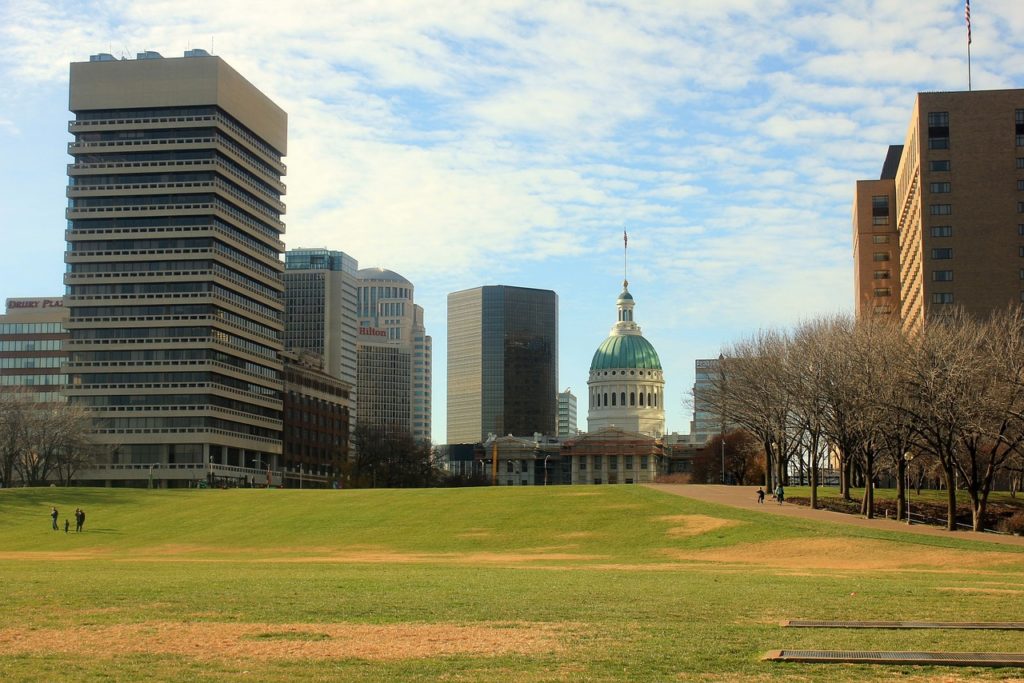
The city’s rich sports legacy, including baseball and hockey, is integral to its identity. St. Louis also offers a variety of recreational areas, from parks to rivers, catering to diverse interests. The evolution of St. Louis’ music scene, especially its contribution to genres like blues and jazz, has left an indelible mark on American music. The city’s entertainment venues continue to be hubs of cultural activity.
St. Louis’ culinary scene is a delightful blend of traditional and modern flavors. From iconic dishes to contemporary culinary innovations, the city’s food landscape is as diverse as its history.
Modern St. Louis
Today, St. Louis faces its share of challenges, including social and economic issues and environmental concerns, reflecting the complex nature of modern urban life. Despite its challenges, modern St. Louis is characterized by community resilience, innovative developments, and growing economic sectors, offering a glimpse into the city’s potential for future growth. St. Louis stands out for its unique blend of historical legacy and modern innovation. The city’s contributions to American culture and identity remain significant and influential.
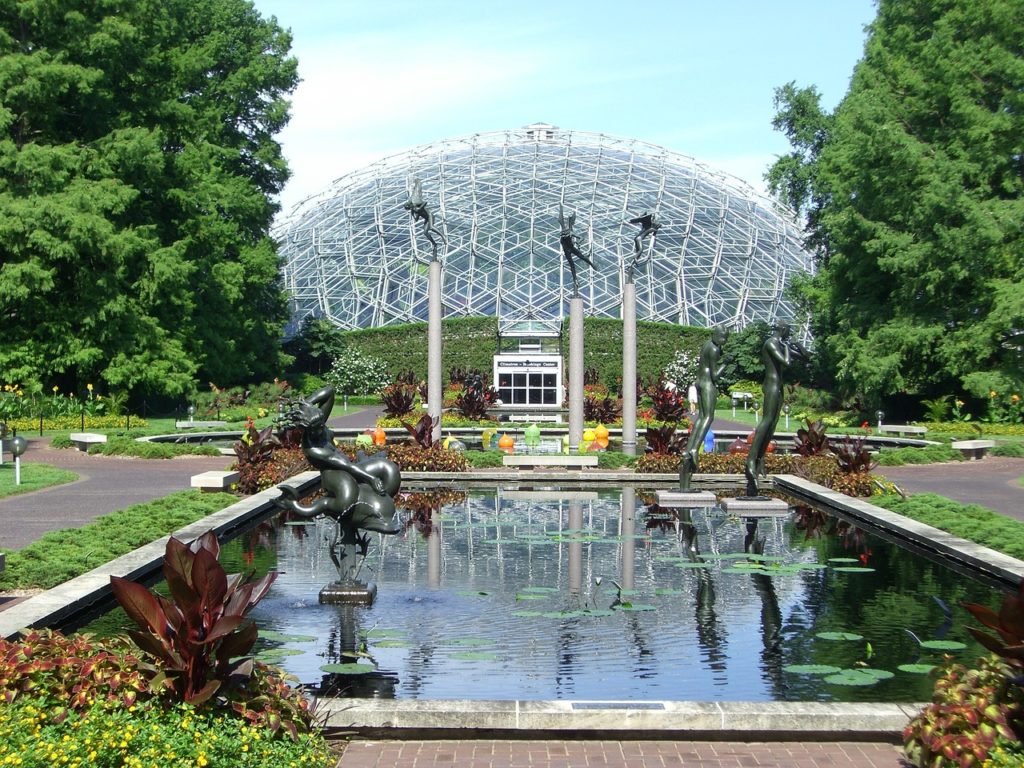
Conclusion
St. Louis’ journey from a prehistoric land to a bustling modern city is a story of change, resilience, and innovation. Its future, while uncertain, is bright with possibilities as the city continues to evolve and adapt.
